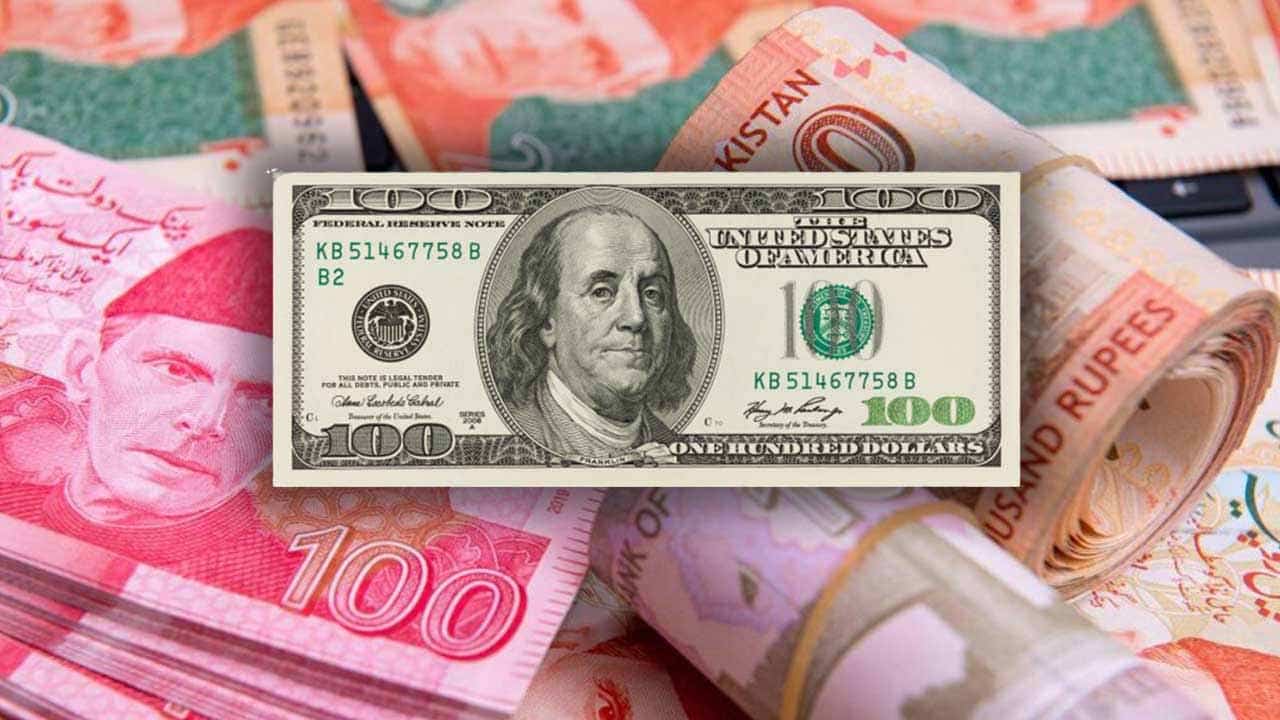The Pakistani rupee depreciated 1.03% against the US dollar in the interbank market on Tuesday, reaching its lowest level since May 11.
According to the State Bank of Pakistan (SBP), the rupee closed at 291.5. This is the rupee’s worst close since May 11 of this year, when it closed near the 299 level.
On Tuesday, it fell as the caretaker administration took over from the coalition government to oversee the economy, which is currently engaged in a project with the International Monetary Fund (IMF).
The rupee fell 0.52% versus the US dollar in the preceding week, closing at 288.49.
The currency declined in four of the five sessions as the impacts of the IMF programme were officially phased out to make room for economic realities.
Furthermore, inflows appeared to have dried up, with SBP foreign exchange holdings declining $110 million on a weekly basis to $8.04 billion as of August 4, according to figures issued the previous week.
In a significant milestone, SBP Governor Jameel Ahmad stated that global economic conditions had contributed significantly to higher inflation in Pakistan.
“In the recent past, the world economy remained under pressure, which resulted in an increase in inflation in Pakistan, and these conditions were exacerbated further due to floods and a delay in IMF programme review,” he said.
He also stated that the nine-month Stand-by Arrangement (SBA) reached with the IMF has increased the country’s foreign reserves and essentially alleviated near-term external sector difficulties.
Globally, the safe-haven US dollar held steady against major rivals, while the yuan fell to a nine-month low after China’s central bank unexpectedly reduced key policy rates for the second time in three months on Tuesday to support the country’s ailing economy.
The dollar index, which measures the currency against six developed-market counterparts such as the euro and yen, was roughly flat at 103.08 after hitting a 1-1/2-month high of 103.46 on Monday, buoyed by demand for the safest assets in the aftermath of a string of disappointing Chinese economic indicators that raised concerns about global growth.
Chinese data on industrial output, retail sales, and investment released shortly after the PBOC’s rate cut confirmed such fears.
Oil prices, a crucial indicator of currency parity, dipped in early trade on Tuesday ahead of a flood of Chinese economic data that could provide hints on the prognosis for any revival in demand in the world’s biggest oil importer.





 Name: Elon Musk
Name: Elon Musk  Net Worth: $342 Billion
Net Worth: $342 Billion  Age: 53
Age: 53  Country: United States
Country: United States  Industry: Automotive
Industry: Automotive  ...
...
